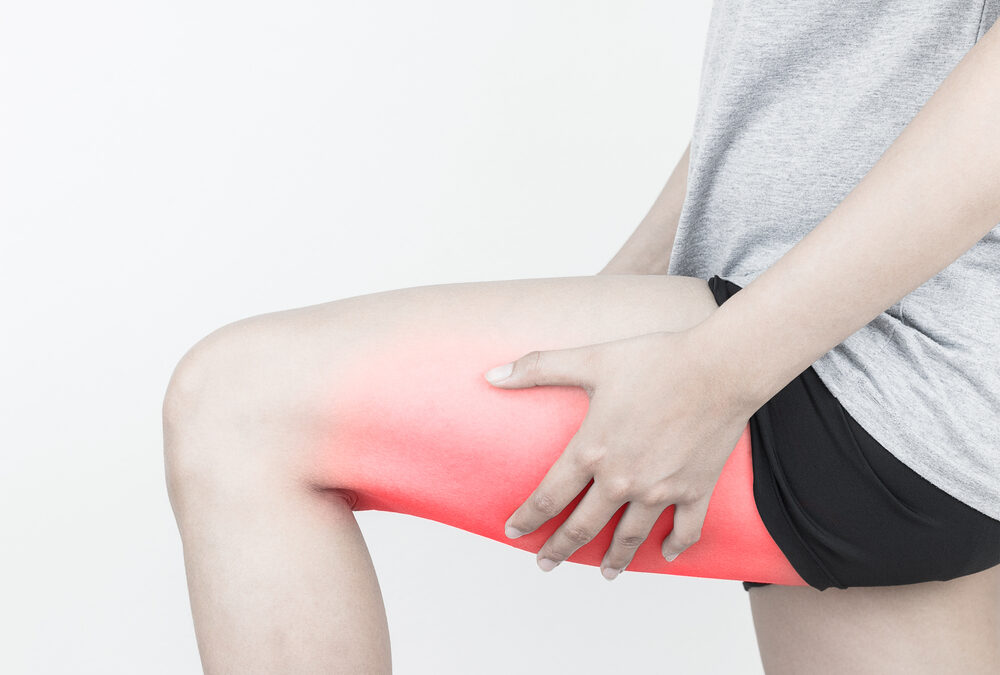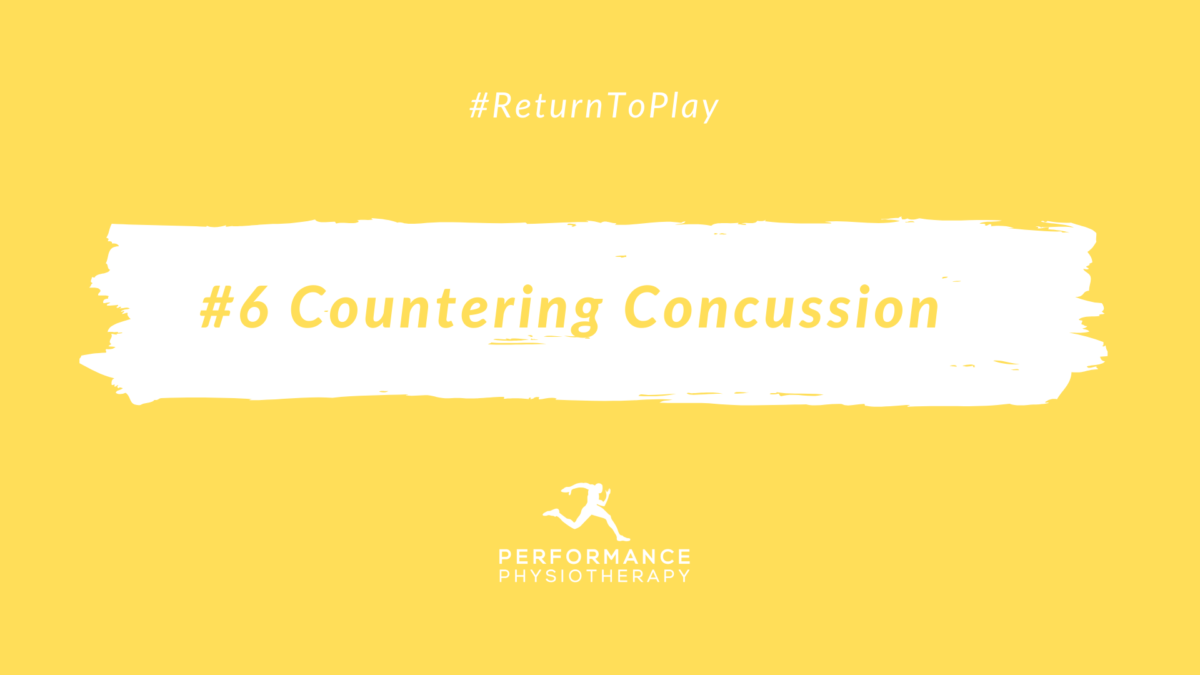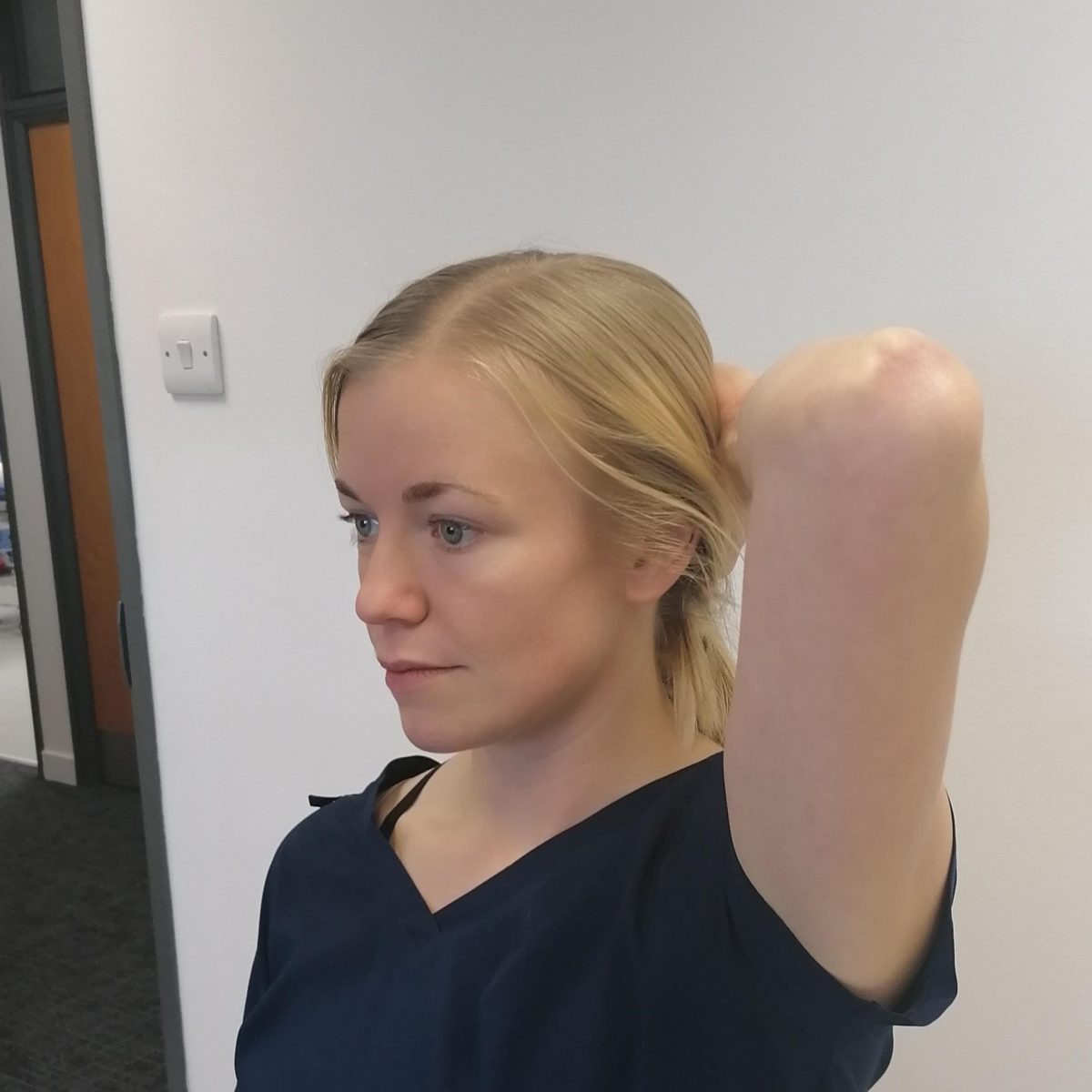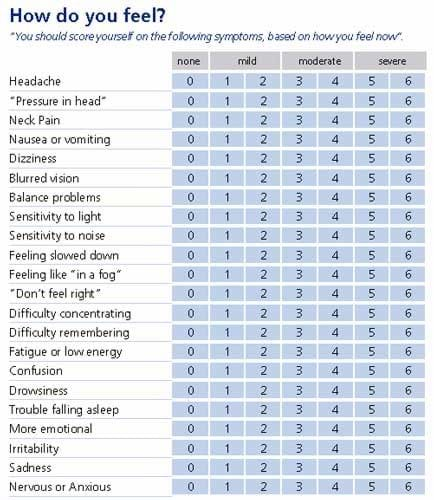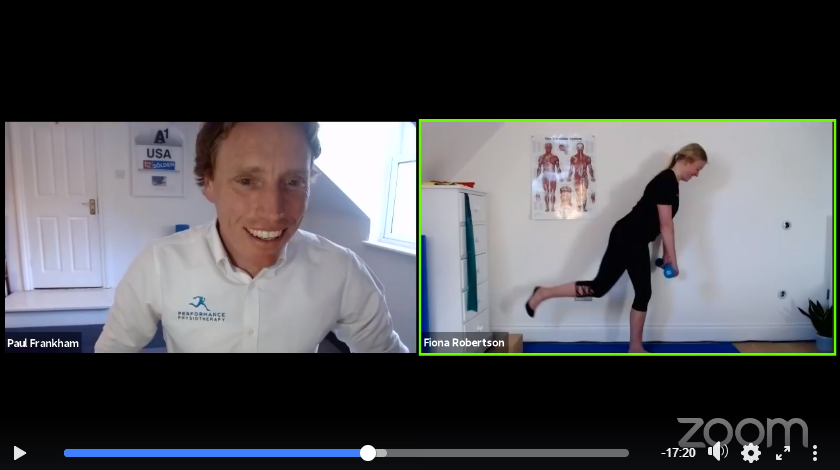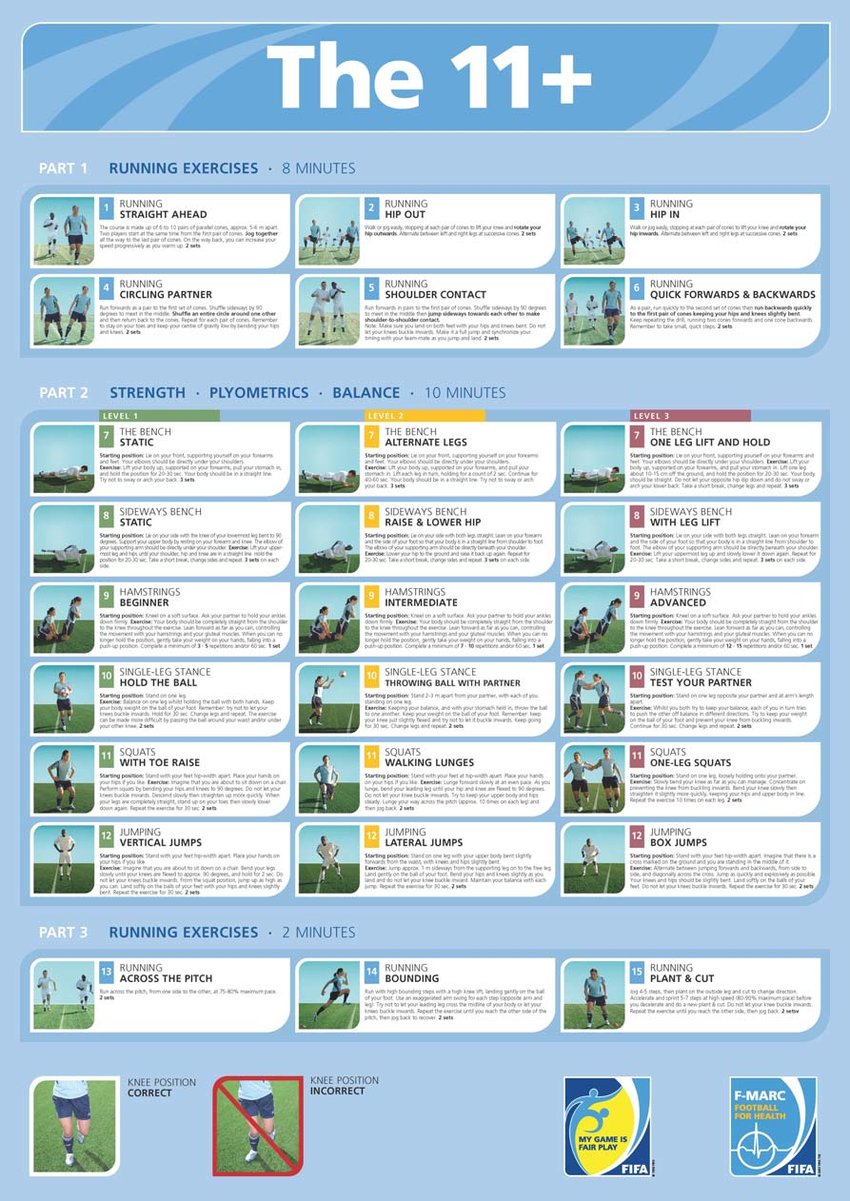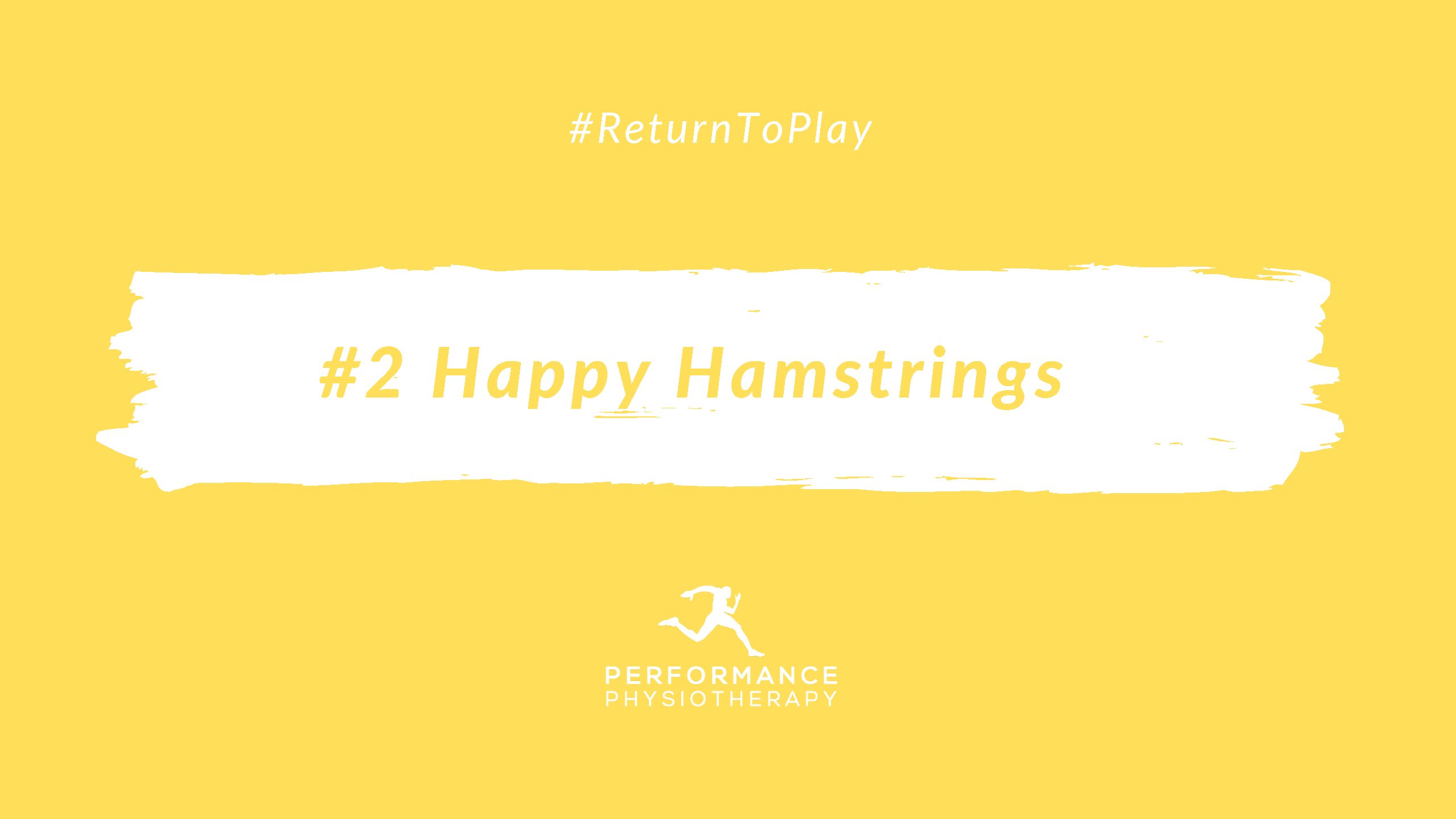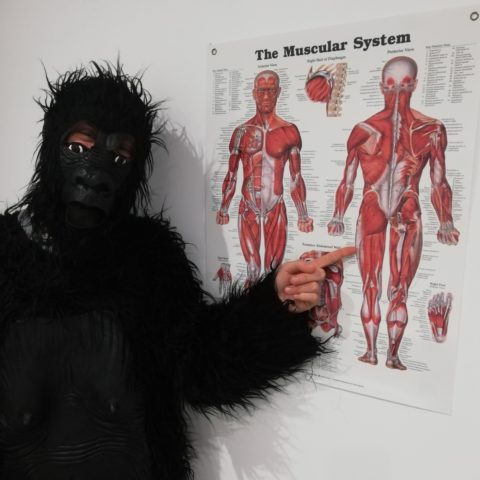Happy Hamstrings
You may have heard of the hamstrings being mentioned in relation to football- and this is not surprising– as they are the most common injury. They are disruptive and costly to teams and frustrating for injured players. Hamstring injury is not just for footballers and can affect anyone, especially active people. If you injure your hamstring you may notice a painful pop in the back of your thigh, or it can just feel tight in the back of the leg when you’re running or bending down.
So how can I keep my hamstrings in good condition?
If your hamstrings feel good right now, but you want to make them stronger & keep them happy– great!! You can skip ahead to the exercise plan.
If your hamstrings feel a bit tight (especially if it’s only on one side) it shouldn’t be ignored as it may be a sign of a strain. Rest can help but it can also cause weakness which can lead to re-injury. It’s best to get proper advice- just ring us if you’re not sure!
Prevention is better than cure! Unfortunately, if you’ve strained your hamstrings before, you’re more likely to hurt them again- so avoiding injury in the first place is always the best option.
Make a plan
Have a training plan or routine which allows for recovery in between training.
You’re more likely to injure your hamstrings while sprinting if you turn up to running or sports training with the tank half full because you did a heavy legs session the day before. Weekend warriors– great effort but cramming your training into 2 days and then doing nothing for the other 5 isn’t a great plan. See if you can spread it out a bit throughout the week by cycling to work or fitting in a run at lunchtime.
Here we give a few simple exercises that will help you keep those hamstrings happy.
Nordic hamstring curls
We love these! A simple exercise that gives you a great bang for your buck.
Add 3 sets of 6 of these to your plan once per week and you’ll notice the difference- and the burn!!
Start here using resistance bands or an exercise ball for support.
Then after 6-12 weeks of these ones (or when your legs feel strong doing the supported version) progress to the hardcore option! The slower you move and the longer you hold the position without dropping to the floor, the harder the exercise is.
These exercises are tough so so only attempt them if your hammies are feeling strong!
Maximise More
To really maximise hammy power, it’s best to work the hamstrings at both the knee AND hip. The Nordic curls work the knee well, but there are a few different options to work the hip and for this one, we’re leaving Norway & heading south for the Romanian deadlift (RDL).
The RDL is a hinge exercise and works a combination of hamstrings, glutes, and back. These can be done with just body weight for a nice hamstring warm-up, or with a kettlebell or barbell.
The key with these is to keep your back straight, hold your knees in position & hinge forward from the hips.
Single-leg RDLs work more balance than hamstring strength, but are a great way to increase flexibility;
Split stance RDLs and double leg RDLs allow you to add weight and really work the hamstrings;
Sprinting– and we mean full-speed sprinting at 100%!
Nordic curls and Romanian deadlifts are both great exercises to work on, the best formula is to combine them with sprint training. Sprinting is great for preventing hamstring injury and may even improve your running speed- so it’s a win-win!! This is most important if you play a sport that requires you to reach top speed at any point.
We recommend doing a few short sprints twice per week on fresh legs, maybe fit it into the warm-up before football training or as intervals during a training run.
Our suggestion is…
– head down to your local football pitch or mark out roughly 50 & 100 metres on the road
– do a warm-up of a few 100m laps at a gentle jog (50% of your maximum speed)
– then do a few 100m laps at a slightly quicker pace (60% of your max speed)
– then do a few 50m laps at a quicker pace again (70% of your max speed)
*You might want to stop here if you’ve not run in a while & repeat this session a few times over a few weeks before progressing*
If you’re feeling good and have lots of energy at this point…
– repeat 4 x 50m laps where you build the pace until you’re running at top speed
The aim is to get a few 50m top-speed sprints in your legs twice per week and keep this up throughout the season/year.
Make it a habit & stave off those pesky injuries!!
So there you have it- the easy-peasy guide to super happy hammies!
Blog Post by Fiona Robertson
BSc(Hons) Physiotherapy MCSP
09/02/23

